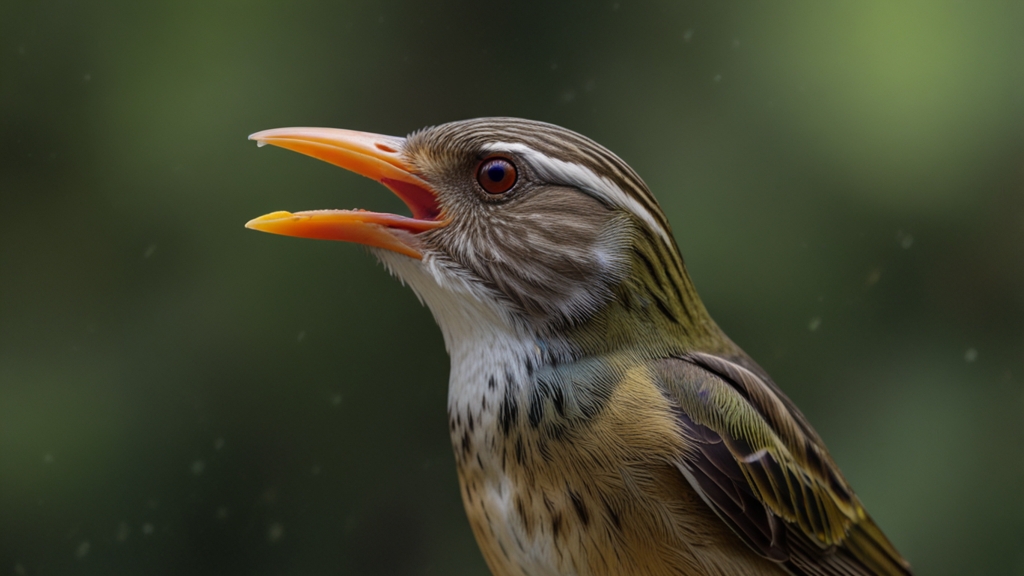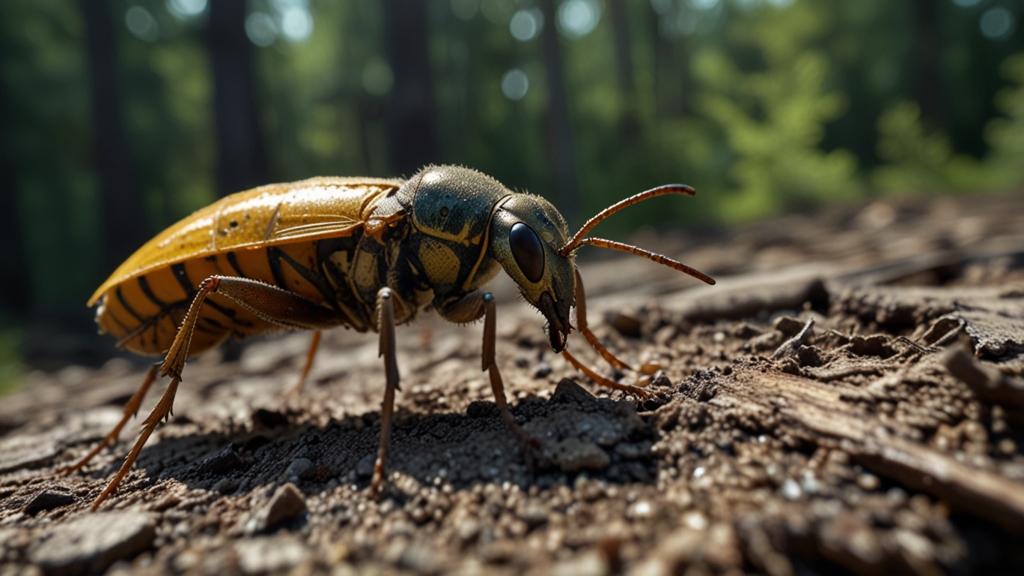Why Do Birds Sing? The Surprising Science Behind Their Songs
Every morning, the melodious songs of birds provide a natural symphony that has fascinated humans for centuries. But have you ever wondered why these feathered creatures sing? The reasons behind bird songs are as varied as the notes they produce, encompassing everything from communication and mating to territorial claims and social cohesion. The complex science behind birdsong reveals the intricate relationship between avian biology and behavior.
The Language of Birds
Birdsong is, first and foremost, a form of communication. Birds use their songs to convey a multitude of messages to other birds. This language may seem simple to our ears, but it is incredibly sophisticated and finely tuned for their needs. Each species has its own unique set of calls and songs, which can indicate a wide range of information, such as warnings about predators, invitations to find food, or even the establishment of a bird's territory.
"The complexity and variety of birdsong serve as a testament to the adaptive evolution of these creatures. Each note and rhythm carries meaning, akin to the spoken languages of humans." - Dr. Jane Smith, Ornithologist
Romance in the Air
Many birds sing primarily to attract mates. During the breeding season, males are the ones most often heard singing their hearts out. These songs are a display of fitness and genetic quality. A male with a strong, intricate song demonstrates to potential mates that he is healthy and capable of surviving in his environment. The female listens carefully, choosing the male with the best song as her partner, ensuring that her offspring will inherit his desirable traits.
"Birdsong during mating season is akin to a musical courtship display, where only the most alluring and robust melodies can win the heart of a discerning female." - Dr. Alan Thompson, Evolutionary Biologist
Defending Property
Another crucial reason birds sing is to establish and defend territory. A male bird's song serves as a vocal boundary marker, signaling to other males that a particular area is already claimed. This can prevent physical confrontations over territory and resources. Birdsong is an efficient way to maintain these invisible borders, often deterring potential intruders with auditory signals of strength and presence.
Learning to Sing
Interestingly, birds are not born with an innate ability to sing their specific songs. Much like humans learning to speak, young birds must learn to sing by listening to and mimicking adults. This process, known as 'song learning,' is crucial for the accurate transmission of species-specific songs. Juvenile birds practice for months, gradually perfecting their songs through trial and error.
"The neural mechanisms involved in birdsong learning are remarkably complex, involving both genetic predispositions and environmental influences. This learning process is an exemplar of animal intelligence." - Dr. Emily Carter, Neurobiologist
The Biological Mechanism
The production of birdsong is also a marvel of biological engineering. Birds have a specialized vocal organ called the syrinx, located where the trachea splits into the bronchi. Unlike the human larynx, the syrinx allows birds to produce multiple sounds simultaneously, creating the intricate and harmonized melodies that we hear. The flexibility and control they have over this organ is unparalleled in the animal kingdom.
Conclusion
The songs of birds are more than mere background music to our lives; they are a vital aspect of avian biology, serving multifaceted roles in communication, mating, territorial defense, and social learning. Understanding the science behind birdsong not only deepens our appreciation for these astonishing creatures but also sheds light on the intricate complexities of the natural world.
So the next time you hear a bird singing, take a moment to listen closely. Behind each note lies a story of evolution, survival, and communication that has been refined over millennia. In the melodies of birds, nature’s grandeur truly sings.











